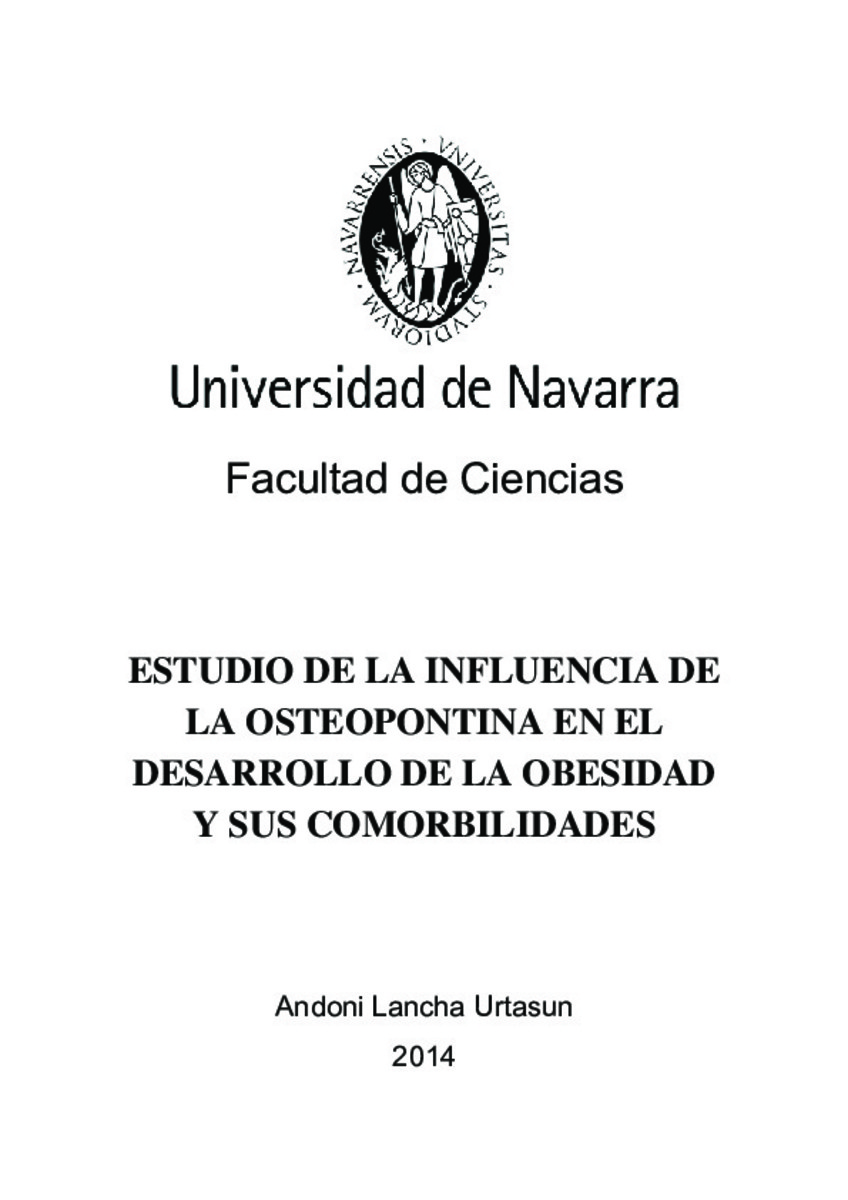Estudio de la influencia de la osteopontina en el desarrollo de la obesidad y sus comorbilidades
Palabras clave :
Biologia celular
Biologia molecular
Materias Investigacion::Ciencias de la vida::Biología
Fecha de publicación :
2015
Fecha de la defensa:
27-jun-2014
Editorial :
Servicio de Publicaciones de la Universidad de Navarra
Cita:
LANCHA URTASUN, Andoni. “Estudio de la influencia de la osteopontina en el desarrollo de la obesidad y sus comorbilidades”. Gómez, J. y Frühbeck, G. (dirs). Tesis doctoral. Universidad de Navarra, Pamplona, 2014
Aparece en las colecciones:
Estadísticas e impacto
0 citas en

0 citas en

Los ítems de Dadun están protegidos por copyright, con todos los derechos reservados, a menos que se indique lo contrario.







